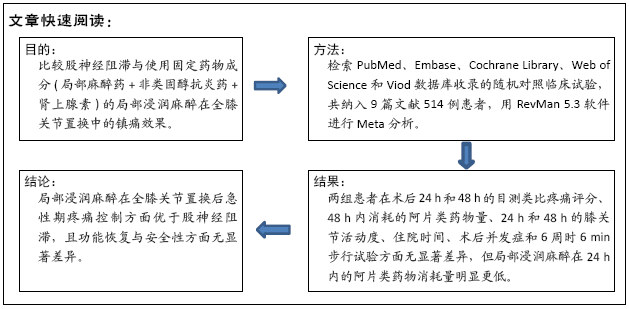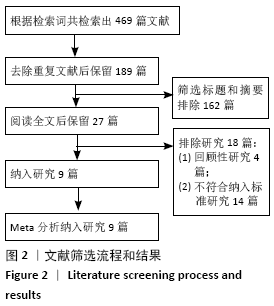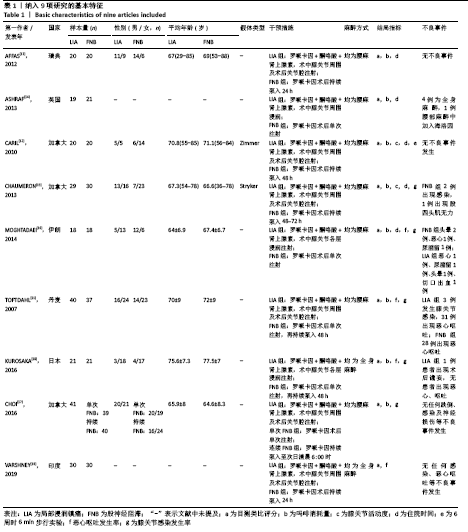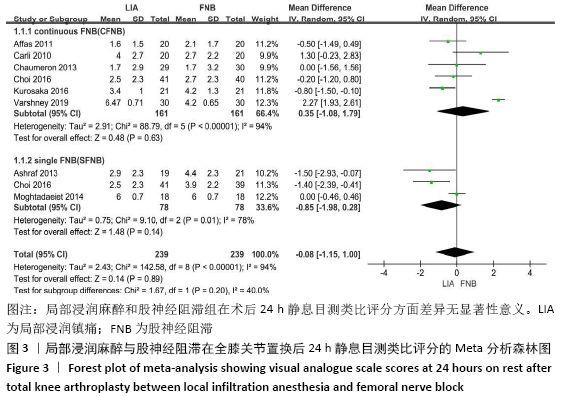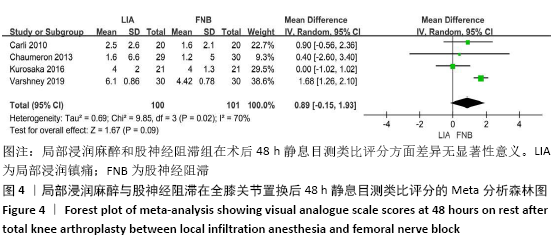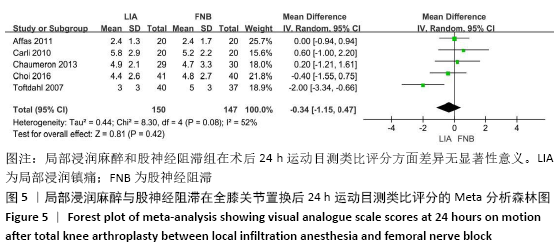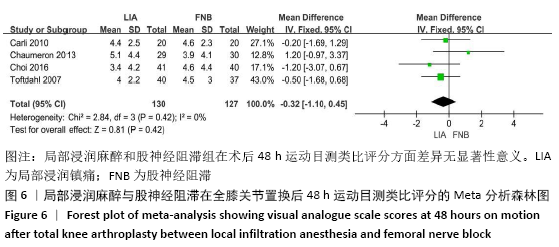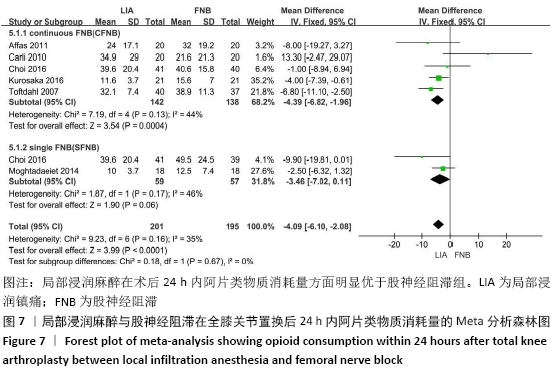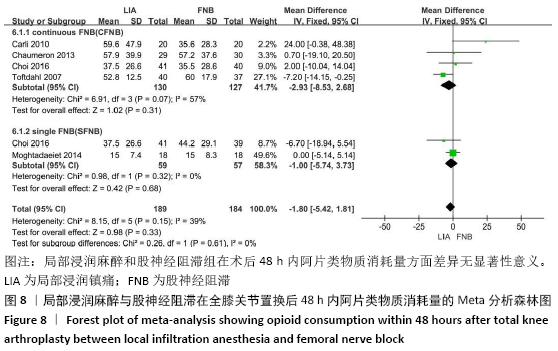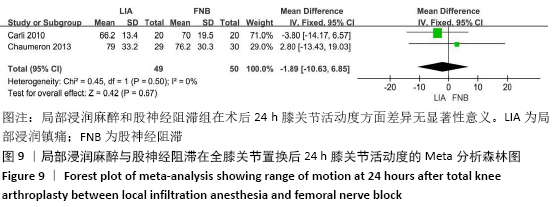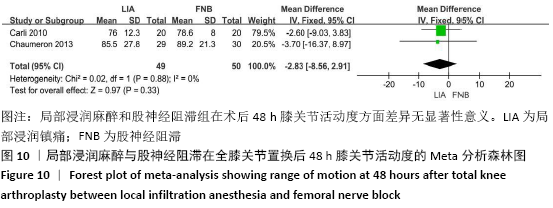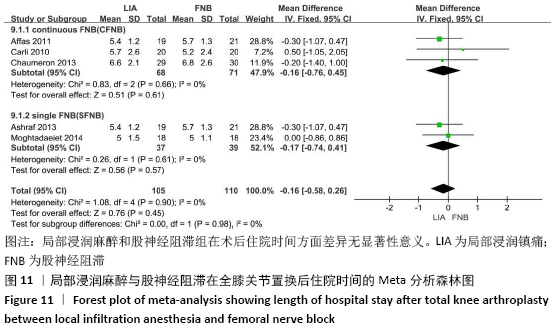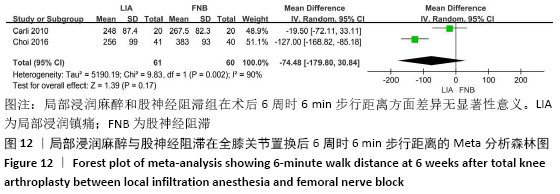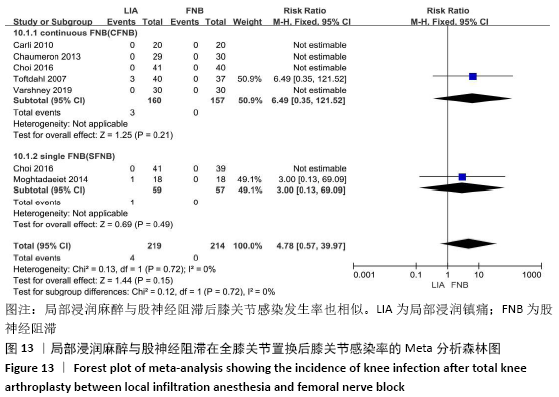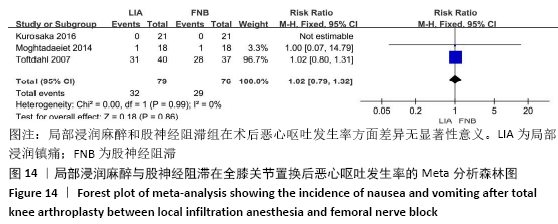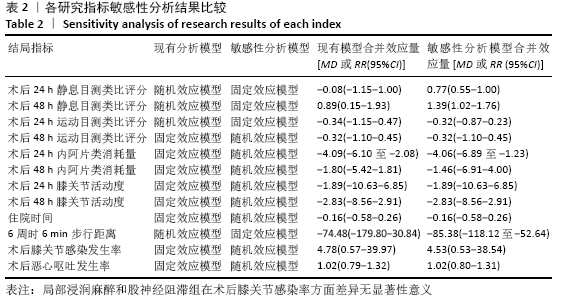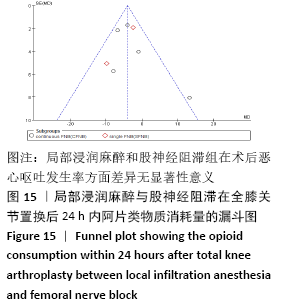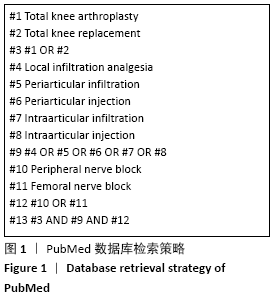[1] LI S, LUO X, WANG P, et al. Clinical outcomes of gap balancing vs measured resection in total knee arthroplasty: a systematic review and meta-analysis involving 2259 subjects. J Arthroplasty. 2018;33(8):2684-2693.
[2] AHMED GO, ELSWEIFY K, AHMED AF, et al. Usability of the AAOS Appropriate Use Criteria (AUC) for the surgical management of knee osteoarthritis in clinical practice. Knee Surg Sports Traumatol Arthrosc. 2020;28(7):2077-2081.
[3] MA HH, CHOU TA, TSAI SW, et al. The efficacy of continuous versus single-injection femoral nerve block in Total knee Arthroplasty: a systematic review and Meta-analysis. BMC Musculoskelet Disord. 2020;21(1):121-129.
[4] FEIBEL RJ, DERVIN GF, KIM PR, et al. Major complications associated with femoral nerve catheters for knee arthroplasty: a word of caution. J Arthroplasty. 2009;24(6 Suppl): 132-137.
[5] BORYS M, DOMAGALA M, WENCLAW K, et al. Continuous femoral nerve block is more effective than continuous adductor canal block for treating pain after total knee arthroplasty: a randomized, double-blind, controlled trial. Medicine (Baltimore). 2019;98(39):e17358.
[6] WEI BJ,DONG A,ANAHI P, et al. Adjuncts to local anesthetic wound infiltration for postoperative analgesia: a systematic review. Reg Anesth Pain Med. 2020;45(8):645-655.
[7] ONG P, TANG X, CHENG R, et al. Comparison of the efficacy of different analgesia treatments for total knee arthroplasty: a network meta-analysis. Clin J Pain. 2018;34(11):1047-1060.
[8] ZHANG LK, MA JX, KUANG MJ, et al. Comparison of periarticular local infiltration analgesia with femoral nerve block for total knee arthroplasty: a meta-analysis of randomized controlled trials. J Arthroplasty. 2018;33(6):1972-1978.
[9] ALBRECHT E, GUYEN O, JACOT-GUILLARMOD A, et al. The analgesic efficacy of local infiltration analgesia vs femoral nerve block after total knee arthroplasty: a systematic review and Meta-analysis. Br J Anaesth. 2016;116(5):597-609.
[10] ZHAO X, QIN J, TAN Y, et al. Efficacy of steroid addition to multimodal cocktail periarticular injection in total knee arthroplasty: a Meta-analysis. J Orthop Surg Res. 2015;10(1):75-86.
[11] TOFTDAHL K, NIKOLAJSEN L, HARALDSTED V, et al. Comparison of peri- and intraarticular analgesia with femoral nerve block after total knee arthroplasty: a randomized clinical trial. Acta Orthop. 2007;78(2):172-179.
[12] CARLI F, CLEMENTE A, ASENJO JF, et al. Analgesia and functional outcome after total knee arthroplasty: periarticular infiltration vs continuous femoral nerve block. Br J Anaesth. 2010;105(2):185-195.
[13] AFFAS F, NYGARDS EB, STILLER CO, et al. Pain control after total knee arthroplasty: a randomized trial comparing local infiltration anesthesia and continuous femoral block. Acta Orthop. 2011;82(4):441-447.
[14] ASHRAF A, RAUT VV, CANTY SJ, et al. Pain control after primary total knee replacement. A prospective randomised controlled trial of local infiltration versus single shot femoral nerve block. Knee. 2013;20(5):324-327.
[15] CHAUMERON A, AUDY D, DROLET P, et al. Periarticular injection in knee arthroplasty improves quadriceps function. Clin Orthop Relat Res. 2013;471(7):2284-2295.
[16] MOGHTADAEI M, FARAHINI H, FAIZ SH, et al. Pain management for total knee arthroplasty: single-injection femoral nerve block versus local infiltration analgesia. Iran Red Crescent Med J. 2014;16(1):e13247.
[17] CHOI S, O’HARE T, GOLLISH J, et al. Optimizing pain and rehabilitation after knee arthroplasty: a two-center, randomized trial. Anesth Analg. 2016;123(5):1316-1324.
[18] KUROSAKA K, TSUKADA S, SEINO D, et al. Local infiltration analgesia versus continuous femoral nerve block in pain relief after total knee arthroplasty: a randomized controlled trial. J Arthroplasty. 2016;31(4):913-917.
[19] VARSHNEY RK, PRASAD MK, GARG M. Comparison of continuous femoral nerve block with local infiltration for postoperative analgesia in unilateral total knee arthroplasty- a randomized controlled trial. Anaesth Pain Inten Care. 2019;23(3):268-273.
[20] FU H, WANG J, ZHANG W, et al. Potential superiority of periarticular injection in analgesic effect and early mobilization ability over femoral nerve block following total knee arthroplasty. Knee Surg Sports Traumatol Arthrosc. 2017;25(1):291-298.
[21] KUANG MJ, XU LY, MA JX, et al. Adductor canal block versus continuous femoral nerve block in primary total knee arthroplasty: a Meta-analysis. Int J Surg. 2016;31(3):17-24.
[22] LAU HP, YIP KM, JIANG CC. Regional nerve block for total knee arthroplasty. J Formos Med Assoc. 1998;97(6):428-430.
[23] 周宗科,翁习生,曲铁兵,等.中国髋、膝关节置换加速康复-围术期管理策略专家共识[J].中华骨与关节外科杂志,2016,9(1):1-9.
[24] SEET E, LEONG WL, YEO AS, et al. Effectiveness of 3-in-1 continuous femoral block of differing concentrations compared to patient controlled intravenous morphine for post total knee arthroplasty analgesia and knee rehabilitation. Anaesth Inten Care. 2006;34(1):25-30.
[25] HUNT KJ, BOURNE MH, MARIANI EM. Single-injection femoral and sciatic nerve blocks for pain control after total knee arthroplasty. J Arthroplasty. 2009;24(4):533-538.
[26] KERR DR, KOHAN L. Local infiltration analgesia: a technique for the control of acute postoperative pain following knee and hip surgery: a case study of 325 patients. Acta Orthop. 2008;79(2):174-183.
[27] BUSCH CA, SHORE BJ, BHANDARI R, et al. Efficacy of periarticular multimodal drug injection in total knee arthroplasty. A randomized trial. J Bone Joint Surg Am. 2006; 88(5):959-963.
[28] TIAN Y, TANG S, SUN S, et al. Comparison between local infiltration analgesia with combined femoral and sciatic nerve block for pain management after total knee arthroplasty. J Orthop Surg Res. 2020;15(1):41.
[29] DILLON JP, BRENNAN L, MITCHELL D. Local infiltration analgesia in hip and knee arthroplasty: an emerging technique. Acta Orthop Belg. 2012;78(2):158-163.
[30] SARDANA V, BURZYNSKI JM, SCUDERI GR. Adductor canal block or local infiltrate analgesia for pain control after total knee arthroplasty? A systematic review and meta-analysis of randomized controlled trials. J Arthroplasty. 2019;34(1):183-189. |
